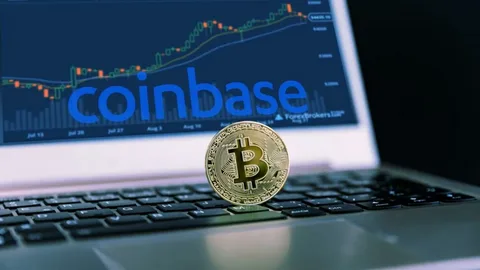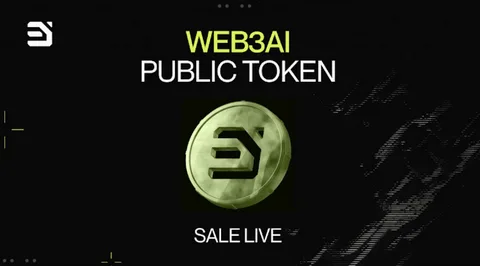Introduction
The financial markets have seen a remarkable surge recently, with notable price movements that have left investors both excited and cautious. One of the most significant events was the increase in strike price, which hit $11.28 USD, reflecting an impressive 29.53% growth in 24 hours.
This rapid price shift has raised questions about the market dynamics driving this change, as well as the potential implications for traders and investors.
In this blog post, we will analyze the factors contributing to this growth, explore the role of strike price, and assess what this means for future market movements. Whether you are an options trader, a long-term investor, or simply interested in market trends, understanding this surge is crucial for making informed decisions.

What is a Strike Price and Why Does It Matter?
Before diving into the recent growth, it’s important to understand what a strike price is and why it’s relevant in options trading.
A strike price is the predetermined price at which an option holder can buy or sell an asset. In call options, it represents the price at which an investor can purchase the asset, while in put options, it indicates the price at which the investor can sell. This fixed price plays a critical role in determining an option’s profitability.
When an underlying asset’s market price surpasses the strike price for a call option, the option gains intrinsic value, making it more attractive to traders. Conversely, if the market price drops below the strike price, a put option becomes more valuable.
The growth of 29.53% in 24 hours suggests strong market momentum, indicating potential bullish sentiment or significant external catalysts.
Factors Behind the 29.53% Growth in 24 Hours
Several key factors have contributed to the rapid surge in the strike price to $11.28 USD:
1. Market Volatility and Liquidity
Financial markets have been experiencing increased volatility, leading to greater price fluctuations. Higher volatility often results in dramatic price movements, and in this case, it has fueled a 29.53% growth in 24 hours. Liquidity in the options market also plays a role, as more buyers and sellers interact, leading to significant price swings.
2. Institutional and Retail Investor Activity
A surge of institutional and retail investor participation has been a major driving force. When large institutional investors enter a trade with significant volume, the strike price can rise rapidly. Similarly, retail investors reacting to market news can amplify price movements.
3. Economic and Political Factors
Macroeconomic trends, such as inflation data, Federal Reserve policies, and geopolitical events, can significantly impact market sentiment. If investors anticipate favorable conditions, they may rush into the market, leading to a growth in asset prices within a short 24-hour window.
4. Short Squeeze and Speculative Trading
In some cases, a short squeeze—where short sellers are forced to buy back assets at higher prices—can contribute to a rapid surge in price. Additionally, speculative trading fueled by market hype can exaggerate price movements, as seen in the 29.53% growth in 24 hours.
What This Surge Means for Traders and Investors
Understanding the implications of this growth is critical for those actively participating in the market. Here are some key takeaways:
1. Opportunities for Option Traders
For options traders, a rapid surge in strike price can present lucrative opportunities. Those who had already purchased call options at lower strike prices may now be in a profitable position. However, traders must also consider the potential risks of sudden market reversals.
2. Market Sentiment and Future Predictions
A 29.53% growth in 24 hours could indicate a broader market trend or be an isolated event. By analyzing market sentiment, traders can determine whether this surge signals a sustainable uptrend or a temporary spike driven by speculative trading.
3. Risk Management Strategies
With high volatility comes increased risk. Investors should employ strategies such as stop-loss orders, hedging, and diversification to protect their portfolios from unexpected downturns following a surge.
Conclusion
The rapid surge in strike price to $11.28 USD, coupled with a 29.53% growth in 24 hours, highlights the dynamic nature of the financial markets. Understanding the factors behind this price movement can help investors make informed decisions and capitalize on future opportunities.
What are your thoughts on this market surge? Do you think this growth is sustainable, or will the market correct itself in the coming days? Share your opinions in the comments below!






